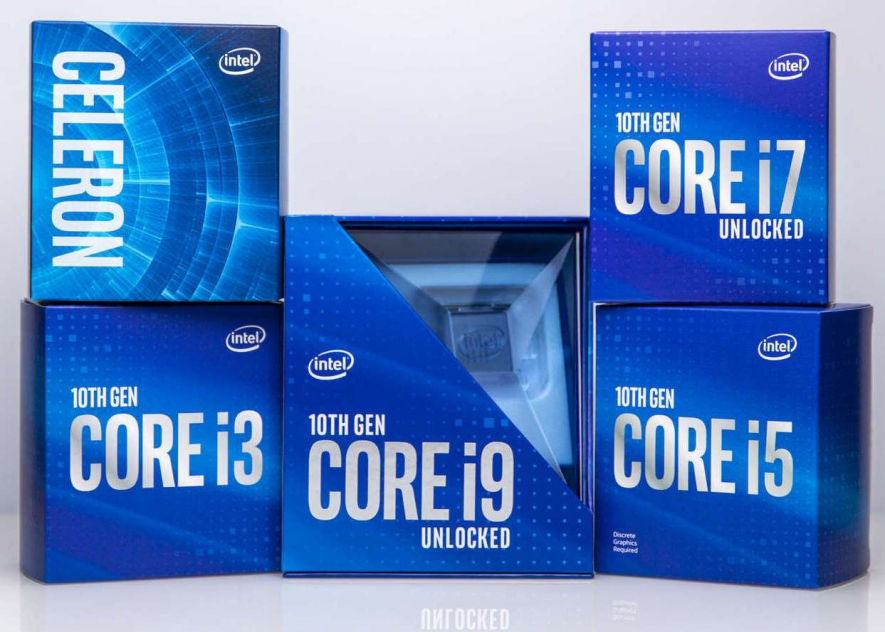
Even if they aren’t, a 3.3x gap between listed TDP and actual power consumption makes the data worse than useless for the end user. While the high-efficiency community is smaller than the high performance community, people can and do build small form factor machines explicitly intended to operate in lower power envelopes.Ī buyer who picks up a 65W Core i7-10700 for this kind of build may be unhappily surprised by the behavior of the CPU.
#INTEL POWER GADGET HELP HOW TO#
There’s nothing wrong with Intel building a chip that draws 250W+, but end customers need to know what kind of cooling solution they need and how to configure a motherboard for low-power, efficient performance.

If you want an AMD CPU with that kind of power budget you have to buy a Threadripper. It’s easy to see why Intel hasn’t changed the way it defines or communicates TDP to its customers: It would make the company’s high end look vastly worse compared with AMD. The Core i5-10600, while not measured here, would likely also have a peak power consumption well above its 65W TDP. Note that this problem seems to largely be confined to Intel’s higher-end, lower-power CPUs: The Core i5-10600K is within its TDP at peak power consumption, while the 10700, 10700K, and 10850K very much are not. An Intel CPU with a 65W TDP will boost up to 215W, a difference of 3.3x.

AMD CPUs have a TDP of 105W and will burst up to 140W, a difference of 1.33x. The nature of Turbo settings, as implemented by both Intel and AMD, allow the chip to exceed its defined TDP. If you don’t, the CPU will accept whatever Turbo guidelines its handed by the motherboard. The Core i7-10700 is guaranteed to draw no more than 65W if you disable Turbo. The old relationship between TDP and expected power consumption no longer holds true at the high end of Intel’s market. The Core i7-10700 claims 65W, but draws up to 214W under load, at motherboard defaults. The Core i9-10850K draws up to 265W but claims a 125W TDP. Once AMD launched Ryzen and Intel had to start adding more CPU cores to its desktop parts, that changed. We can’t confirm it without testing, but based on how the Core i7-10700 compares to the 10700K, there’s little reason to doubt the Core i5-10600 would also substantially exceed its 65W envelope using default OEM motherboard settings.įor most of the 2010s, Intel kept its typical desktop CPU power consumption at or below the CPU’s rated TDP, even at peak power draw. The 65W version of the CPU, the Core i5-10600, almost certainly suffers from the same problem as the Core i7-10700 compared to the 10700K - namely, drawing far more than 65W.

It’s rated at 125W, and it draws 131W at peak. It should be noted that the Core i5-10600K conforms to the old rule. At times, AMD or Intel have released a new version of a previously launched chip at a lower TDP, further emphasizing the idea that lower TDPs = lower expected power consumption. If an Intel chip claimed a 95W maximum TDP, the CPU would typically top out around 85W-90W. For at least a decade, however, there was a reasonably consistent relationship between the TDPs Intel and AMD claimed on their CPU specs and the maximum power consumption you’d see from the chip in a typical workload. AMD and Intel have always been careful to tell reviewers and enthusiasts that TDP isn’t a measure of power consumption. The fact that I have to use the word “imply” up there is another reason why TDP deserves a nomination for Worst Metric Ever.


 0 kommentar(er)
0 kommentar(er)
